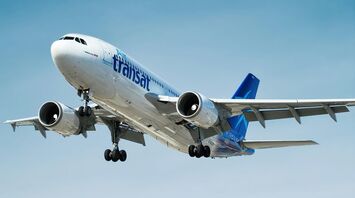The Hub and Spoke Airline System in 2024: Is It Still Effective?

Airlines have long operated under the Hub and Spoke system, a network model designed to streamline the transport of passengers and goods. In this setup, major airports, or "hubs," serve as central points where flights arrive and depart, connecting to multiple "spoke" destinations. While this model has been an industry staple for decades, its efficiency and relevance in 2024 remain topics of debate.
The Hub and Spoke model simplifies flight operations, allowing airlines to centralize resources, reduce the number of routes required, and optimize fuel consumption. However, it also presents challenges, such as slower response times during emergencies and increased baggage transfer issues, particularly at congested hubs like London Heathrow. As airlines continue to explore greener alternatives, the Hub and Spoke model's sustainability is also a focus for future improvements.
On the other hand, low-cost carriers like Ryanair and Southwest Airlines favor a point-to-point model, which allows for more direct flights between destinations. This system reduces travel time and minimizes the risk of lost baggage, but it lacks the integration and efficiency of the Hub and Spoke model, especially when connections are needed.
Despite its drawbacks, the Hub and Spoke system remains a cornerstone of global air travel, largely due to its operational efficiency and ability to handle complex flight networks. As the industry evolves, ongoing research aims to optimize the model, making it more sustainable and adaptable to modern challenges.



















